
Plant transpiration is a vital process in the life of plants, influencing everything from growth to nutrient uptake. Understanding how transpiration works and the role that environmental factors, such as humidity, play in this process can provide valuable insights into plant health and agriculture.
What is Plant Transpiration?
Transpiration is the process by which moisture is carried through plants from roots to small pores on the underside of leaves, where it changes to vapor and is released into the atmosphere. Essentially, transpiration accounts for the movement of water within plants and the subsequent loss of water as vapor. This process is crucial as it helps in the cooling of plants, nutrient uptake, carbon dioxide entry, and water movement through the plant.
The Mechanism of Transpiration
The transpiration process begins with the absorption of water by plant roots. This water travels through the plant’s xylem vessels, reaching the leaves. In the leaves, water is used in photosynthesis and other metabolic processes. The excess water is then expelled into the atmosphere as water vapor through stomata, microscopic openings on the leaf surfaces.
Factors Affecting Transpiration
Several factors influence the rate of transpiration, including light, temperature, wind, and, most importantly, humidity. Each of these factors plays a significant role in how and when plants release water vapor.
Humidity’s Role in Transpiration
Humidity refers to the amount of water vapor present in the air. It has a direct impact on the rate of transpiration. When the air is humid, the rate of transpiration decreases. This is because the air is already saturated with water vapor, reducing the concentration gradient between the moisture inside the leaf and the air outside, which means less water vapor escapes.
Conversely, when the air is dry, the rate of transpiration increases. The dry air creates a larger concentration gradient, encouraging more water vapor to escape from the leaf into the air. This is why plants in arid climates have adaptations such as reduced leaf size or waxy leaf coatings to minimize water loss.
Why Humidity Matters in Agriculture
Understanding humidity’s role in transpiration is particularly important in agriculture. Farmers can use this knowledge to optimize irrigation practices and improve crop yields. For instance, knowing when humidity levels are low can help farmers decide when to water their crops, ensuring that plants do not lose excessive water, which could lead to wilting and reduced growth.
Adapting to Changes in Humidity
Plants have evolved various mechanisms to adapt to changes in humidity. Some plants can close their stomata to prevent water loss when humidity is low, while others have developed thick leaves or specialized surfaces to mitigate the effects of dry air.
Conclusion
In conclusion, plant transpiration is a complex process influenced by various environmental factors, with humidity playing a crucial role. By understanding the interplay between transpiration and humidity, we can better appreciate how plants thrive and adapt to their environments. This knowledge is not only essential for plant scientists but also for farmers and gardeners looking to optimize plant growth and productivity.
Plant transpiration is a vital process influencing growth and nutrient uptake. Transpiration involves the movement of water within plants and its release as vapor. Humidity has a direct impact on the rate of transpiration. In humid conditions, transpiration decreases due to less water vapor escape. Understanding humidity’s role helps optimize agricultural practices. 
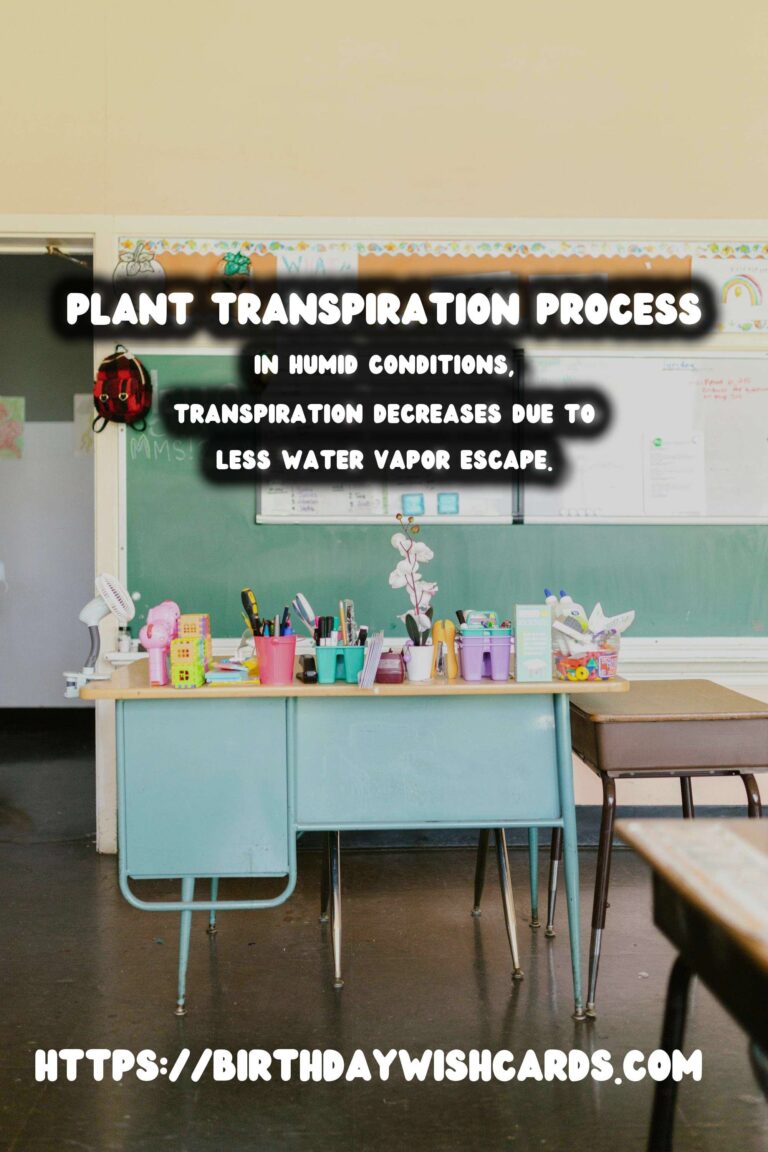


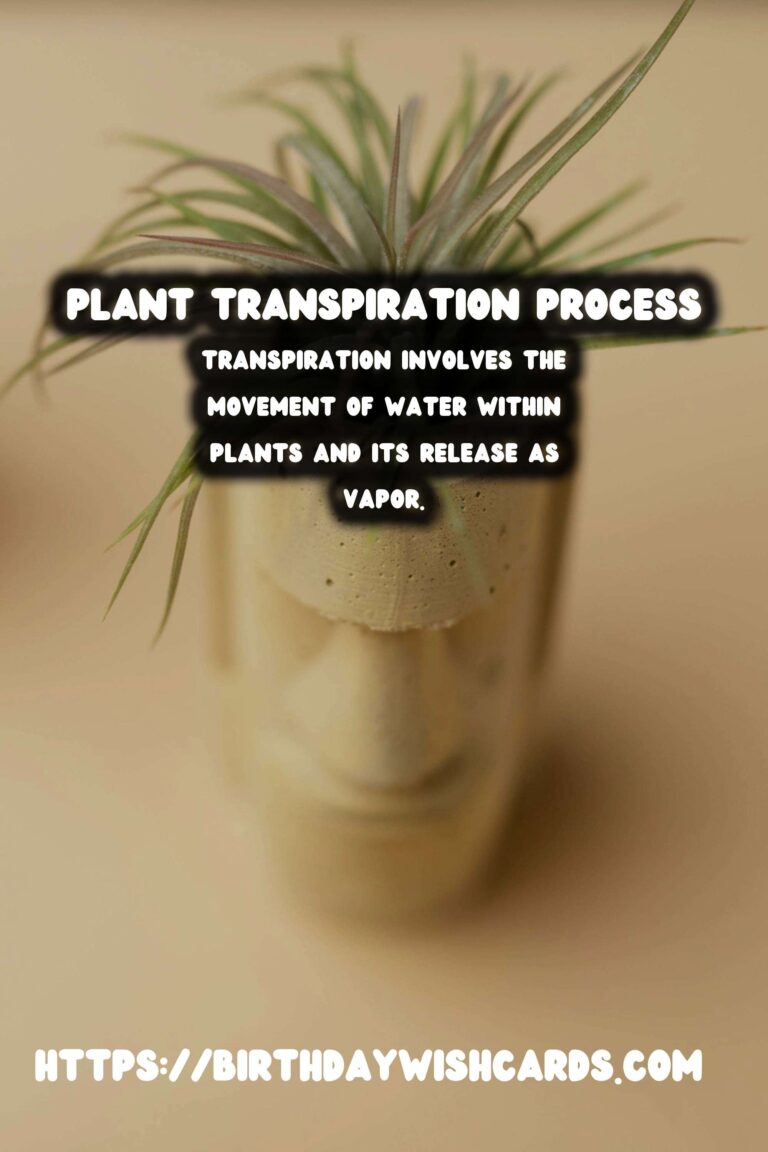

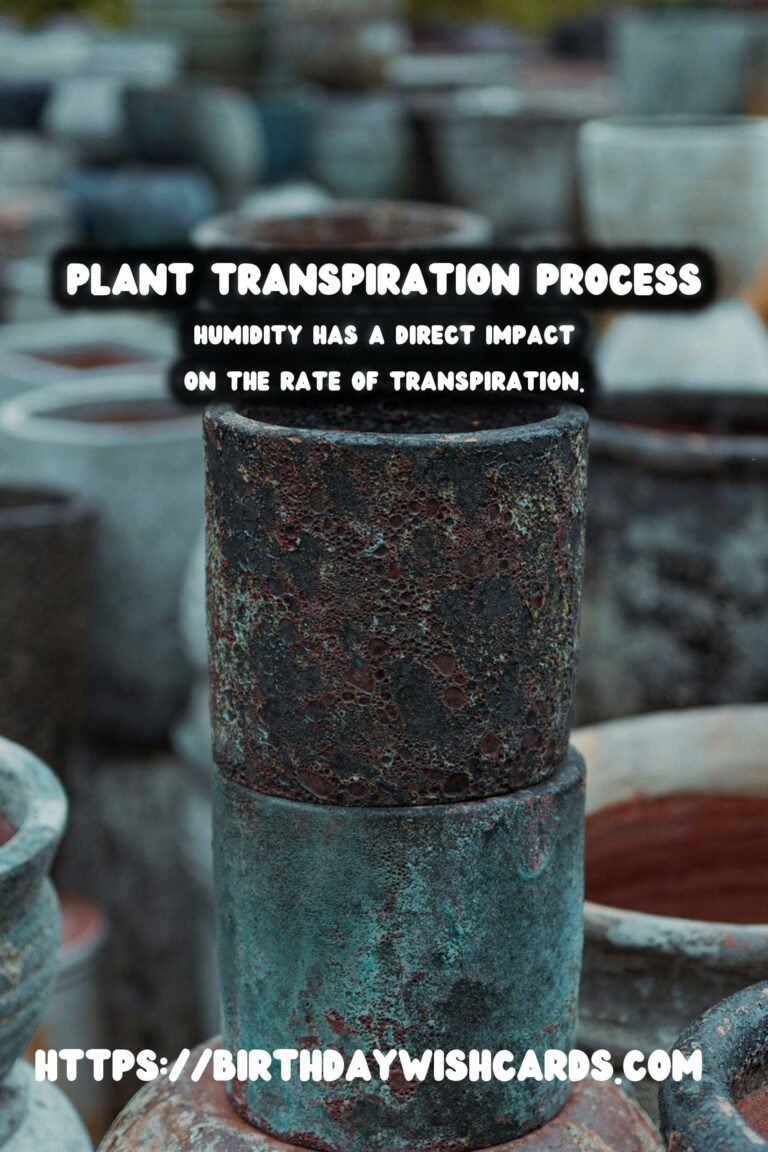
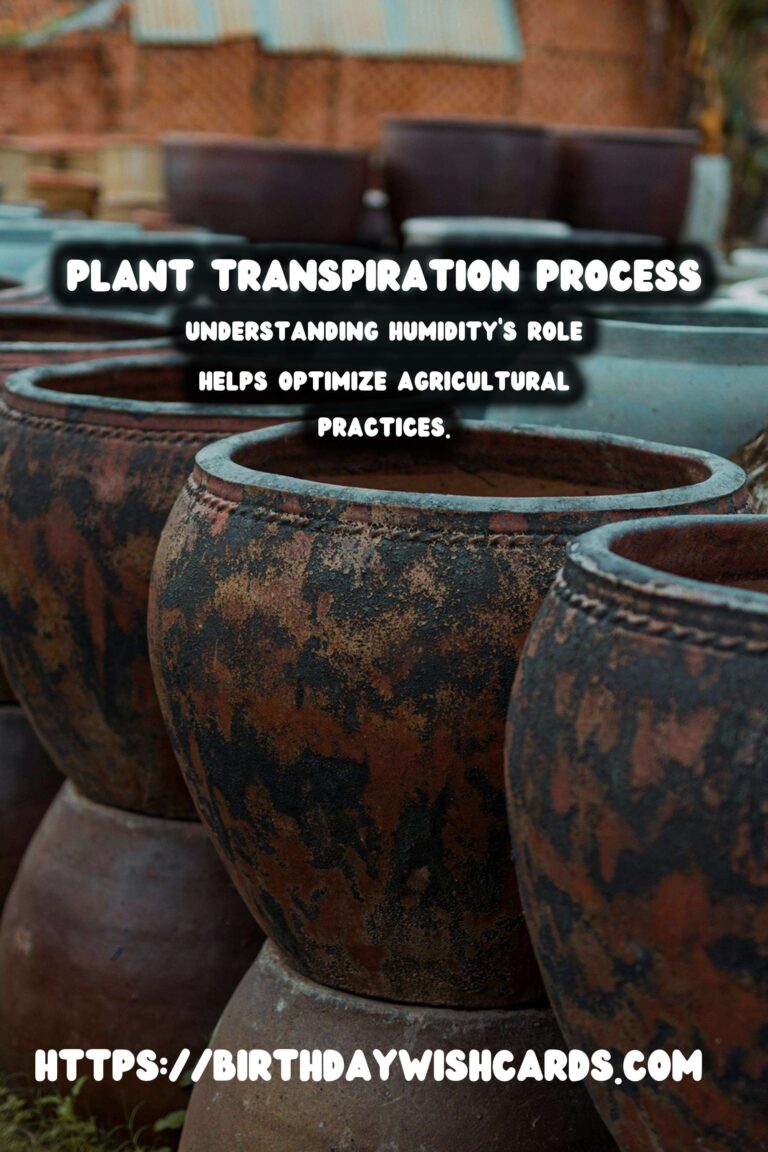

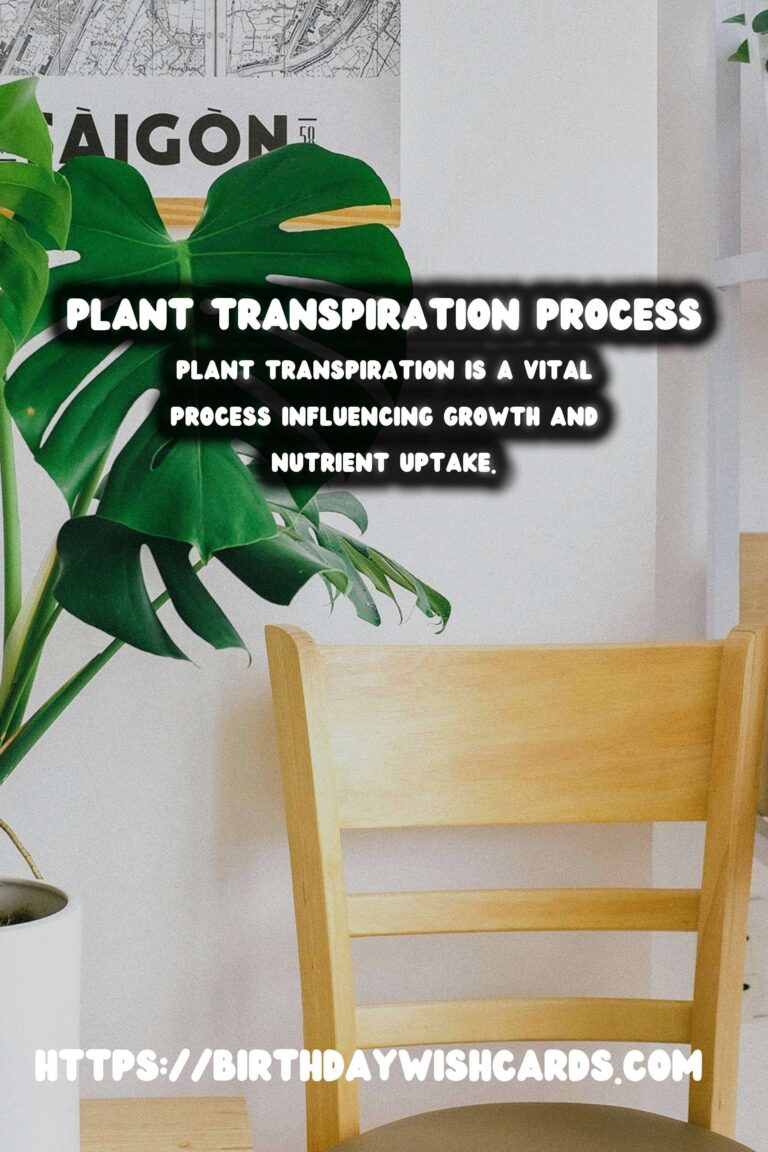
#PlantTranspiration #Humidity #Botany #Agriculture




